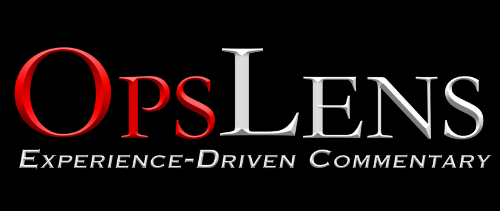“Native Americans have participated in every major US military encounter from the Revolutionary War through today’s conflicts in the Middle East.”
A new memorial will soon honor the heroism of Native American veterans. The Smithsonian’s National Museum of the American Indian (NMAI) has been charged by Congress with establishing a National Native American Veterans Memorial, to give “all Americans the opportunity to learn of the proud and courageous tradition of service of Native Americans in the Armed Forces of the United States.”
The Veterans Memorial will be located on museum grounds on the National Mall. A blue-ribbon jury of Native and non-Native artists, designers, scholars and veterans will judge the design submissions. Don Statsny, architect, urban planner and community facilitator, will oversee the competition.
For design ideas and funding, the National Museum of the American Indian turned to its community to help guide this process. The museum formed an advisory committee composed of tribal leaders and Native veterans from across the country who will assist with outreach to Native American communities and veterans.
The advisory committee and the museum conducted 35 community consultations to seek input and support for the memorial. These events brought together tribal leaders, Native veterans and community members from across the nation and resulted in a shared vision and set of design principles for the National Native American Veterans Memorial.
“We have so much to celebrate,” says Ben Nighthorse Campbell, an ambassador for the Cheyenne people who has served his country as both a Korean War combatant and Colorado senator. “Like so many others, I was compelled to serve to honor the warrior tradition that is inherent to most Native American societies—the pillars of strength, honor, pride, devotion and wisdom.”
The Smithsonian’s National Museum of the American Indian is conducting an international design competition to build the National Native American Veterans Memorial. The international competition is open to all; students, architects, artists, designers and anyone else who wants can submit a design.
More information on this competition will be available on the museum’s site Veteran’s Day November 11, 2017. Finalist submissions will be chosen by January 25, 2018 and the winning design will earn a prominent place on the National Mall.
Many Americans are unaware of the exceptional service performed by Native American veterans. Native Americans have participated in every major US military encounter from the Revolutionary War through today’s conflicts in the Middle East.
Contributions by Native Americans have saved lives, enabled our country’s victories, and exemplified the courage that defines American patriotism. They are Purple Heart recipients, Bronze Star medal honorees, and many have been recognized with the Congressional Medal of Honor, the highest military award of the United States.
Tens of thousands of Native Americans joined the US Armed Forces during World Wars I and II and have risen above unparalleled challenges to defend our nation with pride and honor, often providing unique talents critical to the war effort.
Yet they remain unrecognized by any prominent landmark in our nation’s capital.
When the memorial is unveiled, on Veterans Day, November 11, 2020, we will recognize for the first time on a national scale the enduring and distinguished service of Native Americans in every branch of the US Armed Forces.
This permanent veterans memorial on the nation’s preeminent stage—the National Mall—will shed light on the countless Native American warriors who have given so much of themselves throughout history, and who continue to defend our nation today.
Did You Know?
- Native Americans have served in the US Armed Forces in every major military conflict since the Revolutionary War and in greater numbers per capita than any other ethnic group
- More than 86,000 Native Americans and Alaska Natives served in the US Armed Forces in World War II and the Vietnam War
- During World War II, hundreds of Navajo, Comanche, and other Native language speakers, called Code Talkers, played a crucial role.
- Today, the US Department of Defense estimates more than 31,000 currently are active duty
- 140,000 living Native Americans are veterans.
















